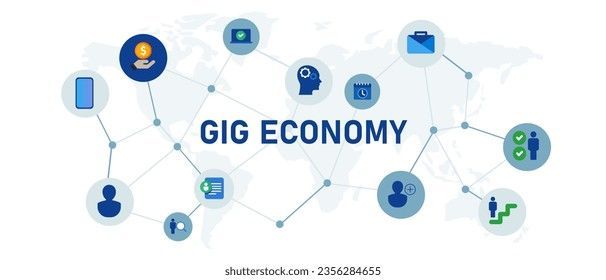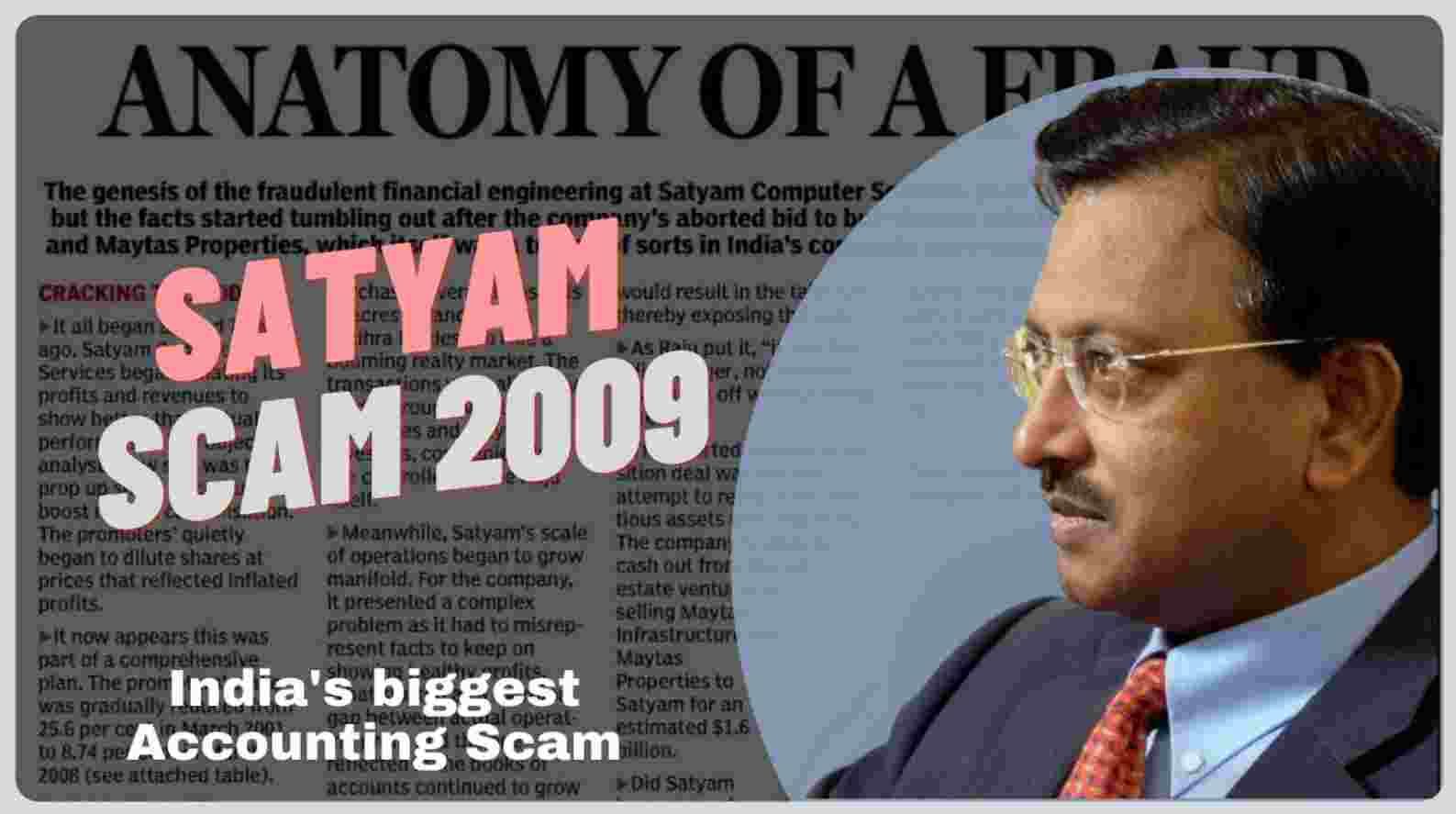Author: Jatin Tiwari from Bharati Vidyapeeth New Law College, Pune
To the Point
The rapid expansion of the gig economy—fueled by platforms like Uber, Ola, and Deliveroo—has disrupted traditional employment models, exposing critical gaps in labor protections. Globally, millions of workers classified as “independent contractors” face precarious conditions without benefits like minimum wages, health insurance, or collective bargaining rights. This article examines the urgent need to redefine legal frameworks governing employment status, scrutinizing landmark judicial rulings and legislative efforts that challenge the platform labor paradigm. By dissecting the tension between corporate flexibility and worker security, we propose pathways to modernize labor laws for the digital age.
Abstract
The gig economy’s rise challenges foundational labor law principles centered on the binary “employee vs. Independent contractor” distinction. This article analyzes how platform-mediated work destabilizes traditional employment classifications, leaving workers without social safeguards. Through case studies of pivotal litigation (e.g., Uber BV v. Aslam) and regulatory interventions (e.g., the EU’s Platform Work Directive), we argue that legal systems must evolve beyond rigid categorizations. We advocate for a hybrid approach that grants substantive rights to gig workers while balancing innovation, urging lawmakers to reconcile technological disruption with human dignity.
Use of Legal Jargon
Labor law hinges on the employee-employer relationship, a nexus triggering statutory rights (e.g., minimum wage, overtime, wrongful termination claims). Gig platforms deploy independent contractor agreements to circumvent these obligations, exploiting ambiguities in tests like the ABC test (used in California and the EU) and the economic reality test (applied under the U.S. Fair Labor Standards Act). The misclassification crisis—where workers functionally treated as employees are denied legal protections—has spurred global regulatory responses. The EU’s presumption of employment (Platform Work Directive) and California’s Proposition 22 exemplify competing approaches to redefining subordination and dependency in algorithmic management contexts.
The Proof
Existing labor statutes, such as the U.S. Fair Labor Standards Act (1938) and the U.K. Employment Rights Act (1996), predicate rights on proving an “employment relationship.” Yet these laws fail to address platform work’s core contradiction: algorithmic control replaces direct supervision, creating de facto employees without de jure recognition. For example:
Platforms dictate fares, routes, performance metrics, and penalties, exerting control akin to traditional employers.
Workers lack autonomy over work acceptance, pricing, or client interaction, undermining “contractor” status.
Income volatility and absence of social security (e.g., pensions, injury coverage) heighten precarity.
This regulatory void forces workers into costly legal battles to assert basic rights, as seen in Uber BV v. Aslam, where courts rejected contractual labels to examine “subservience and dependence” realities.
Case Laws
Uber BV v. Aslam (2021), U.K. Supreme Court
Issue: Whether Uber drivers are “workers” (entitled to minimum wage, paid leave) or independent contractors.
Ruling: Drivers are workers. The court emphasized Uber’s control over remuneration, terms of service, and performance monitoring, stating contracts cannot override statutory protections.
Impact: Catalyzed reclassification claims globally and influenced the EU Platform Work Directive.
Dynamex Operations West, Inc. V. Superior Court (2018), California Supreme Court
Issue: Applicability of the ABC test to gig workers.
Ruling: Workers are employees unless the hiring entity proves:
(A) Absence of control over work;
(B) Work outside the entity’s usual business;
(C) Independent enterprise engagement.
Impact: Inspired California’s AB5 law (2019), later diluted by Proposition 22 (2020), which exempted app-based drivers from employee status while granting limited benefits.
EU Platform Work Directive (2024)
Key Mechanism: Creates a rebuttable presumption of employment if platforms meet ≥2 of 7 criteria (e.g., algorithmic supervision, wage caps, conduct rules).
Significance: Shifts the burden of proof to platforms, easing workers’ legal struggles for reclassification.
Conclusion
The gig economy’s legal paradox—workers controlled like employees but labeled as contractors—demands urgent doctrinal innovation. Landmark cases reveal courts increasingly prioritizing economic dependence over contractual facades, while fragmented legislative responses (e.g., Prop 22’s “third category” model vs. The EU’s presumption of employment) highlight policy tensions. Sustainable reform requires:
Redefining “employment” to encompass algorithmic subordination.
Creating tailored benefit systems (e.g., portable social security accounts).
Global harmonization to prevent regulatory arbitrage.
Without these steps, labor laws risk irrelevance in protecting the digital workforce.
FAQS
What distinguishes “employees” from “independent contractors” in labor law?
Employees receive statutory protections (minimum wage, benefits) due to employer control over work conditions. Independent contractors operate autonomously, bearing business risks without mandated benefits.
Why do platforms resist classifying workers as employees?
Employee status increases operational costs by 20–30% (benefits, taxes, insurance). Platforms argue flexibility is core to their business model and worker preference.
How does algorithmic management undermine “contractor” status?
Platforms use algorithms to set wages, monitor performance, penalize rejections, and dictate conduct—exercising control comparable to traditional employers.
What is the significance of the EU Platform Work Directive?
It presumes gig workers are employees if platforms control key work aspects, forcing companies to disprove employment status—a reversal of current legal burdens.
Can a “third category” (between employee and contractor) resolve this crisis?
Models like California’s Prop 22 offer limited benefits (e.g., healthcare stipends) but exclude core protections (unemployment insurance, collective bargaining). Critics argue they entrench precarity while preempting robust regulation.





